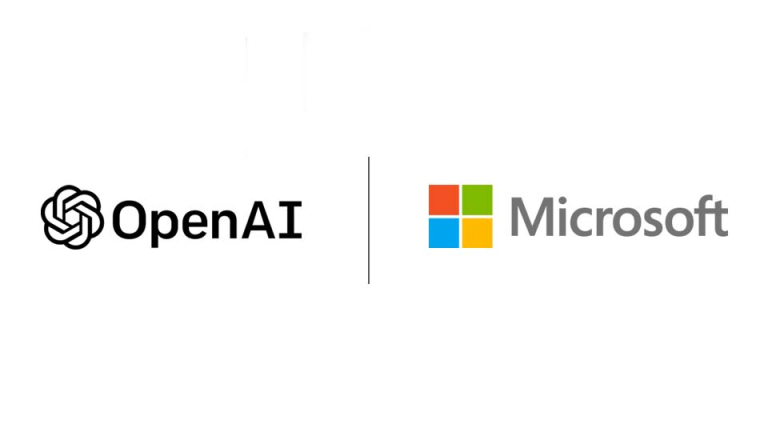
The recent upheaval at OpenAI (ChatGPT) has sent shockwaves through the artificial intelligence landscape, altering the course of one of the most influential players in the AI domain. In a whirlwind of events, the board ousted CEO Sam Altman, triggering a series of unexpected twists that have captivated the tech community. As the dust settles, this blog post aims to unravel the drama of OpenAI.
Timeline
November 17: OpenAI releases a statement saying that the board has decided to fire Sam Altman and that Greg Brockman would be stepping down as chair.
November 17: Greg Brockman announces he is leaving OpenAI.
November 19: Microsoft announces Sam Altman and Greg Brockman will be leading a new research unit at Microsoft.
November 20: OpenAI announces interim CEO- Emmet Shear, Twitch co-founder.
November 20: Over 730 OpenAI employees sign a letter stating that they would quit if the board didn’t resign and reinstate Altman.
November 20: OpenAI chief scientist Ilya Sutskever publicly apologizes.
November 21: OpenAI announces that it has come to a deal for Altman to return as CEO with a new board led by Salesforce co-CEO Bret Taylor.
The Boardroom Drama
The catalyst for the chaos was the abrupt dismissal of Sam Altman as OpenAI’s CEO, leaving employees and investors bewildered. The board’s cryptic explanation, citing Altman’s behavior and lack of transparency, set the stage for a weekend of high-stakes negotiations and strategic moves. The unique governance structure of OpenAI, with a nonprofit board overseeing a for-profit subsidiary, allowed the board to make decisive moves without detailed public disclosure.
The Safety vs. Growth Debate
At the heart of the turmoil was a clash of visions within OpenAI. Chief Scientist Ilya Sutskever, a key figure in the coup, voiced concerns about the potential dangers of OpenAI’s technology and the need for a more cautious approach. This echoed a broader debate in the tech community – whether artificial intelligence represents a groundbreaking technology or a potential threat to humanity. The events underscored the tension between those pushing for rapid development and those advocating for responsible, safety-focused AI.
Microsoft’s Strategic Maneuver
Microsoft, OpenAI’s major investor, played a pivotal role in the unfolding drama. CEO Satya Nadella actively engaged in negotiations and hired Altman and co-founder Greg Brockman to lead a new advanced AI research team within Microsoft. The move showcased Microsoft’s commitment to innovation, setting it apart from OpenAI’s board, which leaned toward a more cautious approach.
OpenAI Staff Response
Three days after the dismissal of Sam Altman, more than 730 employees signed a letter stating that they would quit and join Altman at Microsoft if the board did not resign and reinstate Sam Altman as CEO.
Sam Altman’s Return
OpenAI brought a surprising resolution to the tumultuous series of events as it announced a deal for the return of Sam Altman as CEO. The negotiations resulted in a new board, now led by Salesforce co-CEO Bret Taylor. While the drama is at the end, all eyes are on Sam Altman, who has more power and fewer constraints than ever. This holds significance due to the numerous applications and software that currently rely on OpenAI, including Microsoft Office 360. As a consequence, the recent developments are likely to have altered the trajectory of OpenAI, consequently influencing the direction of AI as a whole.

